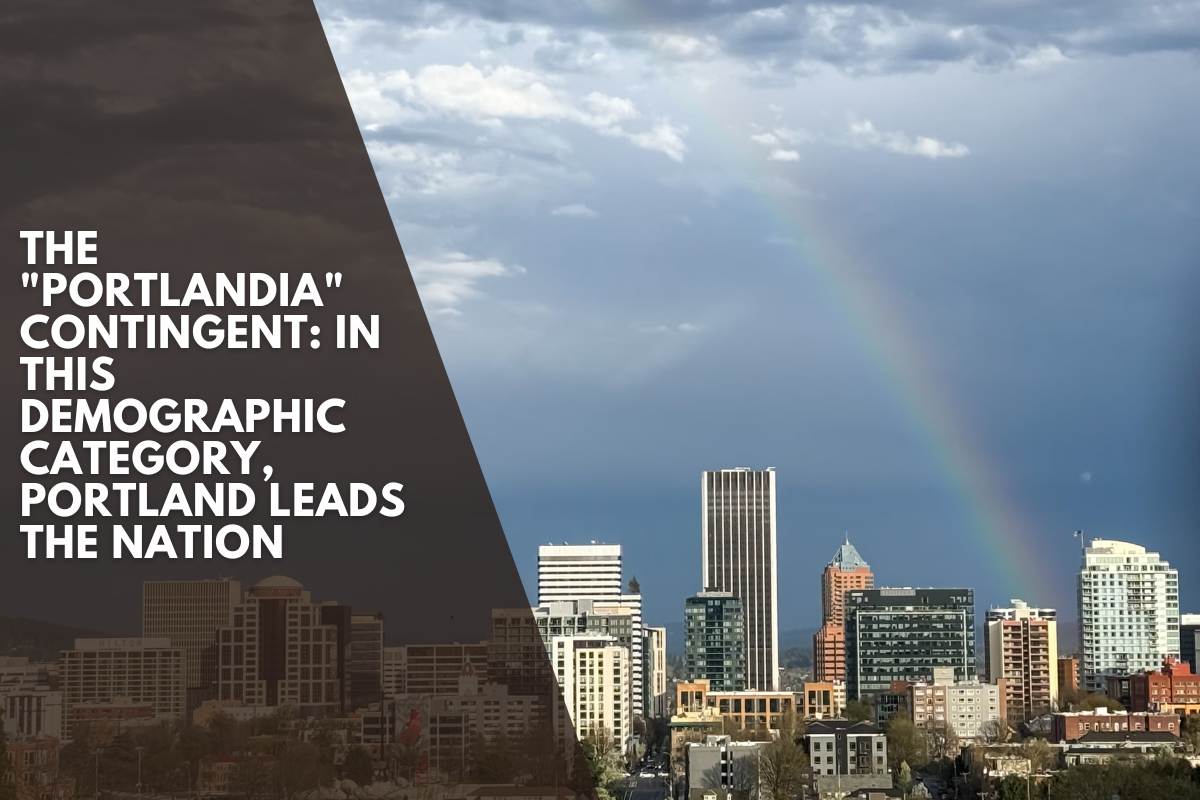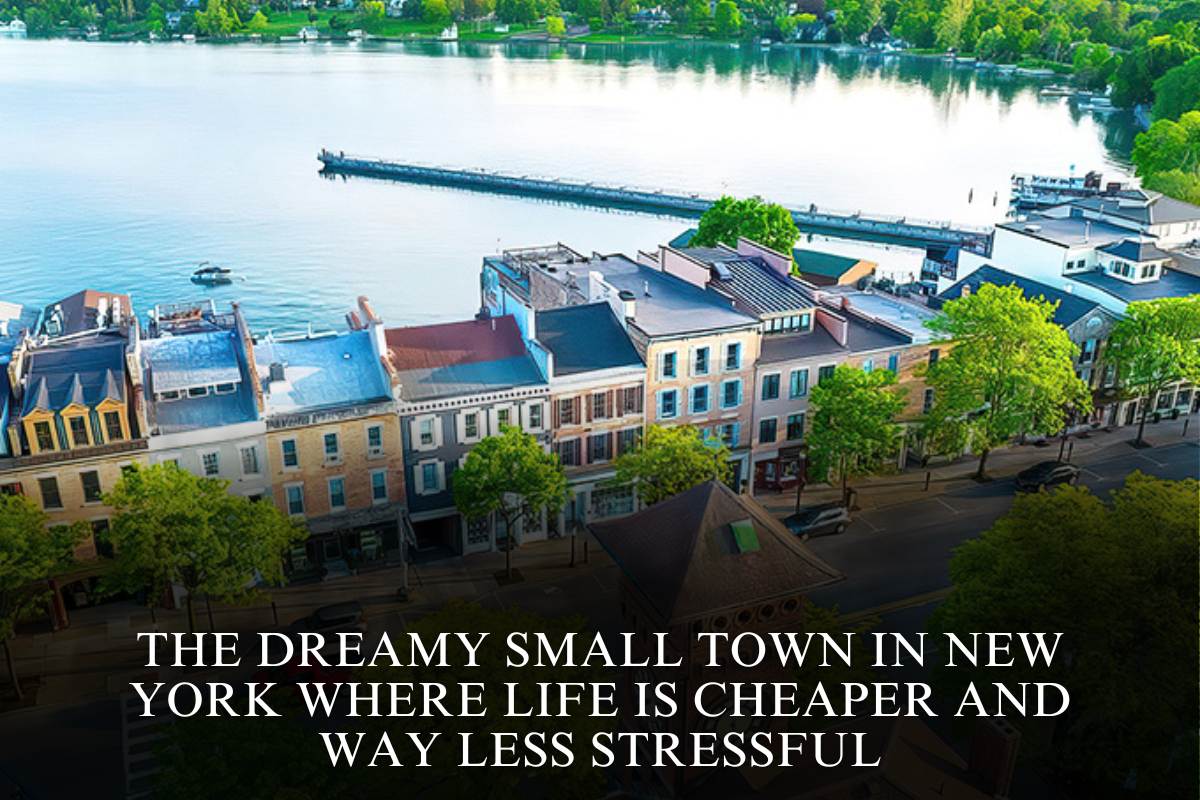It’s no secret that Portland experienced a surge of young residents between the 1990s and the mid-2010s. However, many have stayed to help Portland rank first nationally in a specific demographic category.
People born between 1974 and 1988 — 35- to 49-year-olds in 2023 — accounted for 24.1% of Portland’s population that year, the highest proportion of people of that age in any U.S. city with over 400,000 residents, according to Census Bureau data.
Western cities led the country in share of this 35-49 cohort, with Oakland (22.1%), Denver (22.1%), Seattle (21.8%), and San Francisco (21.1%) rounding out the top five in 2023, the most recent year with specific age data available.
Perhaps we could refer to this cohort, which includes both younger Generation Xers and older Millennials, as the “Portlandia” crowd. The popular TV comedy series, which aired from 2011 to 2018, was undoubtedly part of the group’s consciousness, regardless of when its members arrived in the Rose City.
According to Ethan Sharygin, director of Portland State University’s Population Research Center, Gen Xers and Millennials migrated to Portland in droves in the 2000s and 2010s.
“Among West Coast cities, it was the most affordable, it had a great alternative culture, it had a great urban lifestyle and creative economy,” she said. “And so I think a lot of the growth that happened during that time period — these people are now 10 years older, they’re approaching middle age or in middle age.”
Middle age? Sorry, Generation Xers. Reality bites.
The cohort’s population in Portland peaked at more than 170,000 in 2015, a staggering two-thirds increase from 2006. At the time, the group accounted for just under 27% of the city’s population, placing Portland third nationally after Oakland and Seattle in terms of overall population share of that cohort.
Even though Portland’s population has decreased to approximately 152,000 and 24.1% by 2023, other cities have also experienced demographic changes. This enabled Portland to rise to the top of the national rankings.
For the time being, Portland’s relatively dense population of 35- to 49-year-olds is probably a good thing.
“They’re kind of the prime working ages,” Sharygin explained. “They’re not old enough that they’re really placing any demands on social services, but they are paying taxes.”
Meanwhile, there has been a much smaller influx of twentysomethings to Portland in recent years, according to Sharygin, as the younger generation has instead chosen to live in Seattle, Denver, and Austin, Texas.
“I think that tells a lot of the story of what’s happened the past 10 years, that Portland has lost out in terms of migration of people in their 20s as those other cities have really boomed,” according to him.
What happens to twentysomethings in the coming years is “a big question mark” for Sharygin.
“My main concern is about tomorrow’s 35- to 49-year-olds,” he told me. “So, where are the 20 to 34-year-olds? How can we get them to return to Portland? Because it was nice to be able to attract those young, working-age people.”
Sharygin cited a few factors that have recently reduced Portland’s appeal to young people.
“I think compared to cities of a similar size, Portland lacks a really strong university pipeline that can feed people into tech careers,” he told me. “There is a good economy here, but it is somewhat niche. We have consumer companies like Nike and a small amount of technology. However, we have fallen behind cities that were once our peers.












